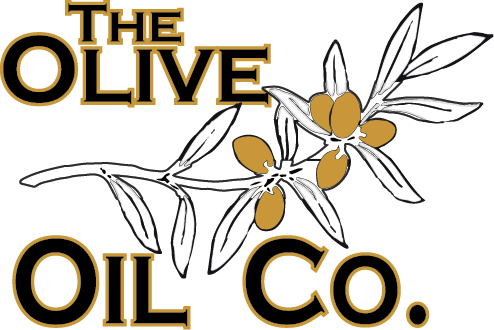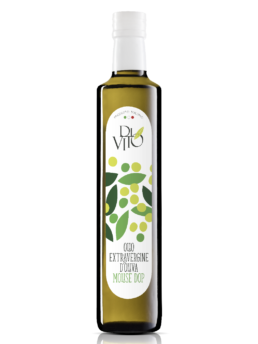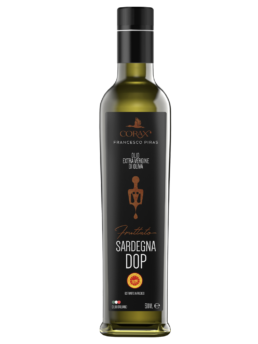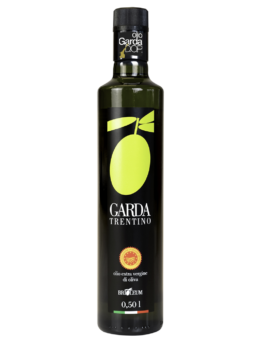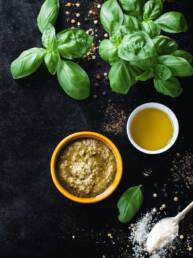
selezione
Prodotti della settimana
"Olive Oil Times" parla di noi!
Olive Oil Times è una pubblicazione indipendente per fornire notizie tempestive e complete ai consumatori e ai professionisti del settore. È la principale fonte mondiale di informazioni sull’olio d’oliva.
Leggi l'articolo
SIAMO STATI PREMIATI!
Eccellenze Italiane
“Eccellenze Italiane” è un marchio che promuove lo sviluppo del Made in Italy, punto di riferimento del mercato per la certificazione e la valorizzazione delle professionalità di oltre 7.000 attività imprenditoriali, in Italia e all’estero.
ORO LIQUIDO
Olio Extra Vergine di Oliva
Una selezione speciale di oli premium di fama mondiale
QUALITÀ SUPERIORE
Aceto Balsamico di Modena
e Condimenti
Solo il meglio per i tuoi piatti
Lasciati ispirare...
Visita la nostra galleria di ricette per dare più sapore ai tuoi piatti con i nostri prodotti e rimani aggiornato sulle ultime novità dal mondo della gastronomia.
Ricette & Blog
